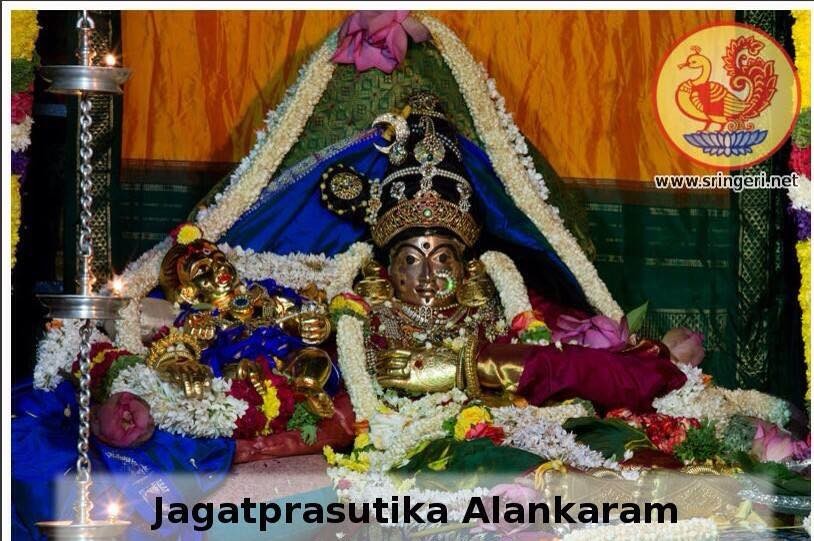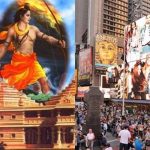Mahalaya Amavasya : Goddess Shakthi as “JagatPrasutika”
Mahalaya Amavasya, the day which marks the end of the period of Pitru Paksha or Shradh during which Hindus across India remember their loved ones and ancestors is also the day which celebrated as the day when devotees pray fervently to goddess Durga to arrive on earth. Mahalaya Amavasya is the no moon day prior to the Navratri, which literally means ‘Nine Nights’.
These days are said to be astrologically very powerful for Spiritual upliftment. During these days and nights, prayers are offered to Mother, who is the Manifestation of the Absolute Energy that pervades the Universe. The goddess is considered as the epitome of power showing victory of good over evil.
Must Read: Mahalaya Amavasya : Significance and Rituals
Legend says that goddess Durga was created with the blessings of all the other Gods, especially Brahma, Vishnu and Mahesh, so as to defeat the demon king Mahishasura on this day. It is said that Durga is has been formulated from the powers of these Gods court, and was bestowed with the various weapons borrowed from her creators – symbolically held in the 10 hands that are attached to the goddess’ body – which were then used in her fight against Mahishasura. The fight with the demon king starts the next day, when both the goddess and the demon take on different personas in the battle, and on the 10th is when Durga is successful in killing Mahishasura, which is celebrated as Dussera.

According to another Legend it is the day when Lord Rama had performed Durga Puja on this day before leaving for Lanka to rescue his wife Sita, from whom Ravana.
According to yet another legend on Mahalaya Amavasya day, Goddess Shakthi, as “Jaganmata” has given birth to the world as “Jagatprasutika” (Mother of the Universe). The day before Navaratri starts, it is the day when the Universal Mother gives new birth to the human beings who seek her. It is the day when our entire ego, ignorance gets dissolved and new birth happens. It is the new moon day, the day when the darkness vanishes. Darkness means the ignorance or the absence of Jnana. The dissolution of ego and ignorance – the ajnana, is the new birth for a seeker. This dissolution of ego and ignorance is Mahalaya and the new birth is Jnana – Wisdom.
With a smile on her face the Universal Mother fondles a cute baby on her lap as if she is telling her devotee, “I am the mother of the whole creation and you are my child. You will always be taken care as this baby on my lap, if you seek me”.
Must Read: Navratri With Colours: Significance of 9 days and 9 colours
One must have heard the Sanskrit word ‘prasava’, which has come from the ‘Prasavitha/Prasava’ means to give birth, ‘Prasava vedana’ means the birth pain, the labour pains. Prasutika comes from the word Prasavitha. Prasavitha means giving birth. Whom did the Jaganmata give birth? She gave birth to this whole world. Jagat Prasutika, one who has given birth to this Universe, we praise you. Jaganmata appears in the form of Sadguru and gives birth to the spiritually evolved child.
Nine days of Navaratri from tomorrow represent nine months that is a symbolic representation of new birth in spirituality. New birth from the womb of Sadguru
A Mahabhisheka to Sharadamba will be performed on Mahalaya Amavasya in Sringeri by Sri Jagadguru Bharathi Theertha and Devi will be decorated as Jagatprasutika Alankaara on that day followed by nine different alankaras on the nine nights of Navaratri.









